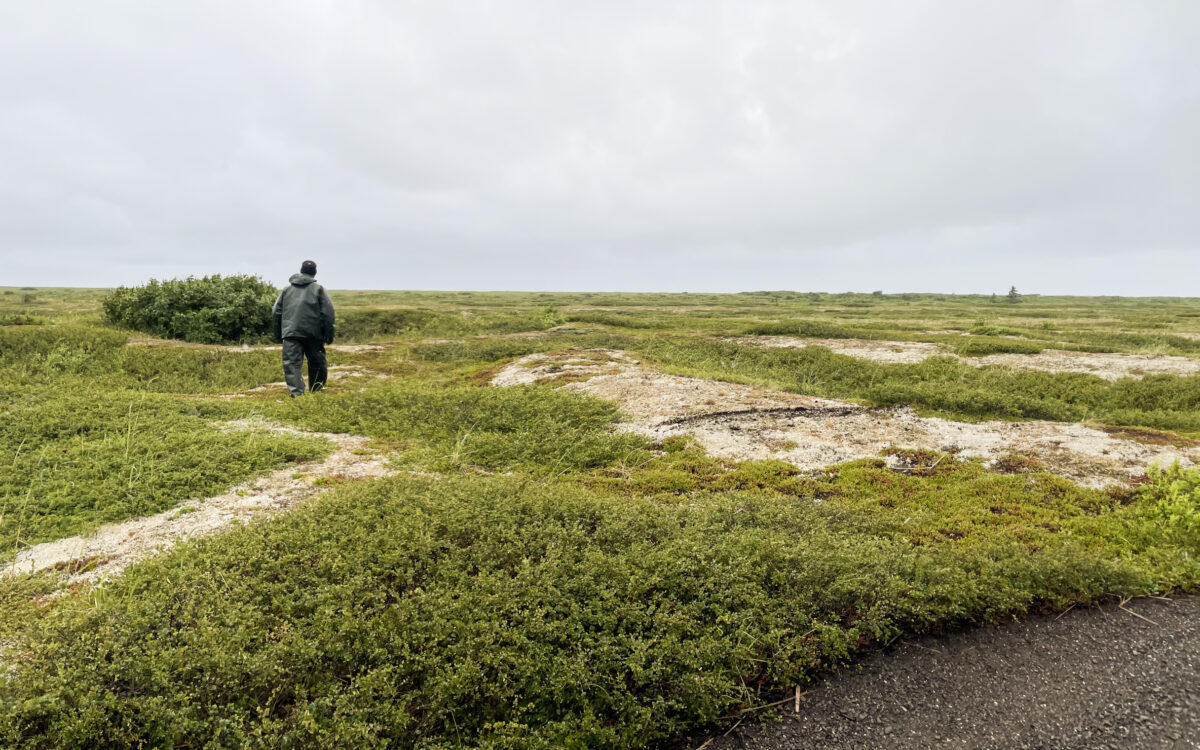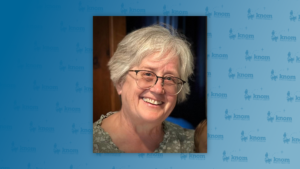For several years, Shaktoolik has been the site of extensive archeological excavations. The village’s long history of near-continuous residence for millennia comes with a deep respect for artifacts of the past.
The people of Shaktoolik have intentionally protected the sites by not digging up what their ancestors left behind. The permafrost also preserves them, making Shaktoolik an ideal place for locals and researchers to glean a picture of village life thousands of years ago. Researchers say the six “huge” sites that have been found are abundant with artifacts like obsidian arrowheads, net weights, and pottery.

Researcher John Darwent says Shaktoolik is a very special destination for arctic archaeologists. “Shaktoolik actually was the center of coastal archaeology in Alaska,” Darwent says, citing the work of J. Louis Giddings, a pioneer of arctic archaeology in Alaska. Giddings worked at Cape Denbigh near Shaktoolik from 1948-52 and employed members of the community. This is where Giddings first identified the ‘Denbigh Flint Complex’, a Paleo-Eskimo culture previously unknown to Western history textbooks.
“I’d say Shaktoolik is kind of unique, kind of humble about our heritage, our culture, our historical past. Here in our village, we want professionals to do the digging for us … We are proud of where we come from and we want to pursue it. It belongs to the people and we just don’t bother it, we just invite the archaeologists,” said Shaktoolik resident Gary Bekoalok.
During a recent visit to his home town, Gary took the time to take KNOM on an informal tour around the old village sites. Although the ancient villages are veiled by berry bushes, squishy tundra moss and wildflowers, it is surprisingly easy to see where the old underground houses were.

Gary told listeners that people in the village are very interested the research. Many of them remember hearing stories about the ancient villages of Iyatayet and Difchahak and what happened to the people who lived there.
Back inside at their kitchen table, Gary’s sister Dorothy chimed in. Dorothy said she remembered hearing the stories, which were passed down through generations, and the purpose they had in the community.
“The old stories that they told about Iyatayet, they had teaching in the stories, the way of life, the values that we live by,” Dorothy said. The lesson? “You help the ones that are poor, the hungry, the widows that can’t hunt for themselves, you have to help them – or, you’ll have the same thing that wiped out that village.”
The legends also try to explain what happened to the people living in the village. These stories, and the people who tell them, inform the researchers on their excavations. In turn, the research give the legends scientific context. As Shaktoolik moves into the future, its people can carry the traditions of the past with them in a way that is integrated with, not opposed to, Western science.
“I can’t say too much about how friendly Shaktoolik has been to us and encouraging of our work. As long as they will allow us to keep working there, we will,” Darwent told listeners.
You can listen to the full profile here, including the interview with the Bekoalok siblings and researcher John Darwent, among others.
Image at top: Gary Bekoalok wanders around the village site of ‘Difchahak’.





